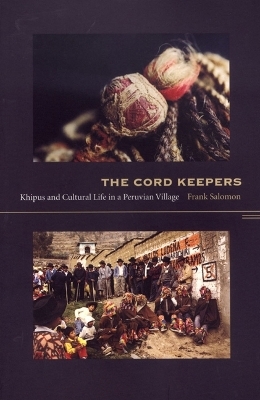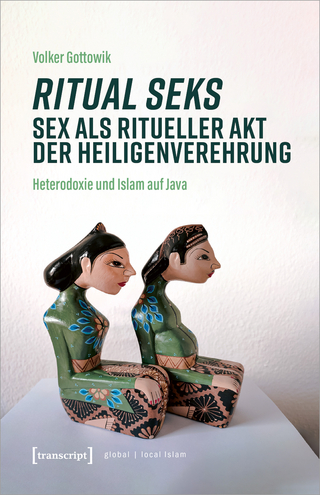
The Cord Keepers
Duke University Press (Verlag)
978-0-8223-3390-6 (ISBN)
None of the world’s “lost writings” have proven more perplexing than the mysterious script in which the Inka Empire kept its records. Ancient Andean peoples encoded knowledge in knotted cords of cotton or wool called khipus. In The Cord Keepers, the distinguished anthropologist Frank Salomon breaks new ground with a close ethnography of one Andean village where villagers, surprisingly, have conserved a set of these enigmatic cords to the present day. The “quipocamayos,” as the villagers call them, form a sacred patrimony. Keying his reading to the internal life of the ancient kin groups that own the khipus, Salomon suggests that the multicolored cords, with their knots and lavishly woven ornaments, did not mimic speech as most systems of writing do, but instead were anchored in nonverbal codes. The Cord Keepers makes a compelling argument for a close intrinsic link between rituals and visual-sign systems. It indicates that, while Andean graphic representation may differ radically from familiar ideas of writing, it may not lie beyond the reach of scholarly interpretation.In 1994, Salomon witnessed the use of khipus as civic regalia on the heights of Tupicocha, in Peru’s central Huarochirí region. By observing the rich ritual surrounding them, studying the village’s written records from past centuries, and analyzing the khipus themselves, Salomon opens a fresh chapter in the quest for khipu decipherment. He draws on a decade’s field research, early colonial records, and radiocarbon and fiber analysis. Challenging the prevailing idea that the use of khipus ended under early Spanish colonial rule, Salomon reveals that these beautiful objects served, apparently as late as the early twentieth century, to document households’ contribution to their kin groups and these kin groups’ contribution to their village. The Cord Keepers is a major contribution to Andean history and, more broadly, to understandings of writing and literacy.
Frank Salomon is Professor of Anthropology at the University of Wisconsin, Madison. He is the author of Native Lords of Quito in the Age of the Incas and coauthor of The Huarochirí Manuscript: A Testament of Ancient and Colonial Andean Religion. He is a coeditor of the two South American volumes of The Cambridge History of the Native Peoples of the Americas: South America (“Prehistory and Conquest” and “Colony and Republics”).
List of Illustrations and Maps ix
List of Tables xiii
About the Series xv
Preface xvii
The Unread Legacy: An Introduction to Tupicocha’s Khipu Problem, and Anthropology’s 3
1. Universes of the Legible and Theories of Writing 23
2. A Flowery Script: The Social and Documentary Order of Modern Tupicocha Village 41
3. Living by the “Book of the Thousand”: Community, Ayllu, and Customary Governance 55
4. The Tupicochan Staff Code 77
5. The Khipu Art after the Inkas 109
6. The Patrimonial Quipocamayos of Tupicocha 137
7. Ayllu Cords and Ayllu Books 185
8. The Half-Life and Afterlife of an Andean Medium: How Modern Villagers Interpret Quipocamayos 209
9. Toward Synthetic Interpretation 237
Conclusions 267
Notes 283
Glossary 295
References 299
Index 317
| Reihe/Serie | Latin America Otherwise |
|---|---|
| Zusatzinfo | 55 photos (incl. 16 in color), 12 illus. |
| Verlagsort | North Carolina |
| Sprache | englisch |
| Maße | 155 x 235 mm |
| Gewicht | 526 g |
| Themenwelt | Geisteswissenschaften ► Geschichte |
| Sozialwissenschaften ► Ethnologie ► Völkerkunde (Naturvölker) | |
| Sozialwissenschaften ► Soziologie | |
| ISBN-10 | 0-8223-3390-2 / 0822333902 |
| ISBN-13 | 978-0-8223-3390-6 / 9780822333906 |
| Zustand | Neuware |
| Haben Sie eine Frage zum Produkt? |
aus dem Bereich


